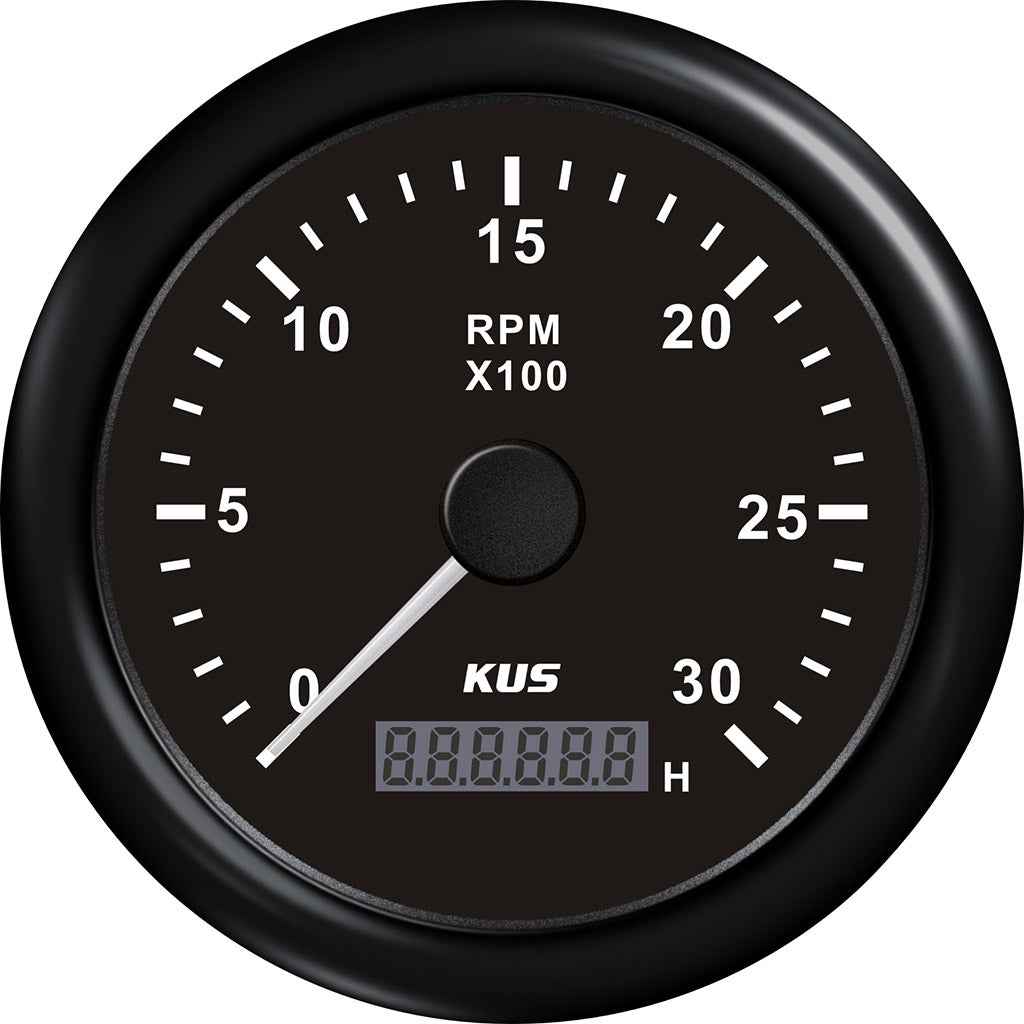The Significance of a Tachometer in Keeping An Eye On Engine Speed and Efficiency in Automotive Applications
In the realm of auto design, the tachometer stands as a pivotal instrument in the chauffeur's arsenal, providing a direct window into the inner workings of a car's engine. Past its function as a simple scale of transformations per min (RPM), the tachometer offers as a critical tool for enthusiasts and professionals alike, providing real-time insights into engine performance and health.
Importance of Keeping Track Of Engine RPM
Keeping track of engine RPM, or transformations per minute, is a crucial element of automobile maintenance and performance evaluation. Engine RPM directly associates with the rate at which the engine's crankshaft revolves, suggesting exactly how rapidly the engine is running - tachometer. By keeping track of RPM, mechanics can assess the health of the engine, identify possible problems, and fine-tune performance. An unusual RPM reading might indicate problems such as engine misfires, faulty trigger plugs, or concerns with the fuel delivery system. Consistently high RPM analyses might indicate hostile driving behaviors or the requirement for a higher equipment shift to improve gas performance.
Additionally, monitoring engine RPM is crucial for performance evaluation in racing and high-performance vehicles. Maintaining optimum RPM levels is essential for attaining peak power outcome and velocity. Racers commonly use tachometers to ensure they are operating within the suitable RPM range for optimum performance. In summary, checking engine RPM is not only vital for spotting concerns however additionally for enhancing engine efficiency in different vehicle applications.

Benefits of Real-Time Data
In vehicle applications, real-time information plays a critical role in providing instant insights into the performance and condition of the vehicle. By continuously keeping track of different specifications such as engine speed, temperature, fuel consumption, and more, real-time data offers countless advantages that add to boosted performance and safety and security when driving.
In addition, real-time data facilitates efficiency optimization by supplying immediate feedback on driving behaviors and engine effectiveness. Chauffeurs can readjust their habits in real-time based on this information to accomplish better gas economic climate and lengthen the life expectancy of their vehicle.

In addition, real-time information plays an important duty in modern automotive diagnostics, allowing technicians to swiftly diagnose and attend to malfunctions. This results in lowered downtime, lower maintenance prices, and ultimately, enhanced overall vehicle dependability and durability (tachometer). By utilizing the power of real-time data, vehicle stakeholders can make educated choices that positively influence both the performance and longevity of the lorry
Effect On Gear Shifts
The tachometer plays a crucial role in optimizing equipment changes by giving real-time engine rate information to the motorist. When approaching the redline find out on the tachometer, it indicates the chauffeur to upshift to avoid over-revving the engine and causing potential damages.
In addition, the tachometer help in accomplishing smoother gear transitions, particularly in hand-operated transmissions. By checking engine rate, chauffeurs can perform gear changes at the ideal RPM range, reducing snagging movements and reducing wear on the transmission parts. This accuracy in equipment modifications not only boosts driving comfort but additionally adds to fuel efficiency.
Enhancing Gas Performance
Provided the critical duty the tachometer plays in enhancing gear changes for performance and engine wellness, it directly adds to making the most of gas effectiveness in automobile applications. By giving real-time comments on engine rate, the tachometer helps chauffeurs in keeping the most efficient RPM array for fuel economic situation. When chauffeurs consistently keep an eye on the tachometer and adjust their motoring habits as necessary, they can avoid unneeded gas usage triggered by over-revving or carrying the engine.
Moreover, the tachometer helps chauffeurs recognize the most fuel-efficient gear to be in at any type of provided moment, avoiding the engine from functioning tougher than essential. In final thought, the tachometer offers as an important tool in enhancing fuel effectiveness by advertising optimal driving habits and identifying locations for improvement in the automobile's efficiency.

Optimizing Engine Longevity
The tachometer's duty in keeping visit this website track of engine rate and performance contributes in ensuring the durability of automobile engines. By using the tachometer successfully, chauffeurs can enhance engine long life with conscious RPM management. Consistently revving an engine expensive can bring about extreme damage on critical components, such as the pistons, valves, and bearings. Gradually, this can cause decreased engine efficiency and prospective breakdowns. Checking the tachometer permits visit site chauffeurs to stay within the advised RPM variety for their vehicle, protecting against unneeded pressure on the engine and extending its life-span.

Conclusion
Finally, the tachometer plays a vital role in checking engine speed and efficiency in automobile applications. By providing real-time information on RPM, it enables for reliable equipment shifts, boosted fuel effectiveness, and taken full advantage of engine durability. This tool is crucial for keeping optimum engine performance and guaranteeing the total capability of a lorry.